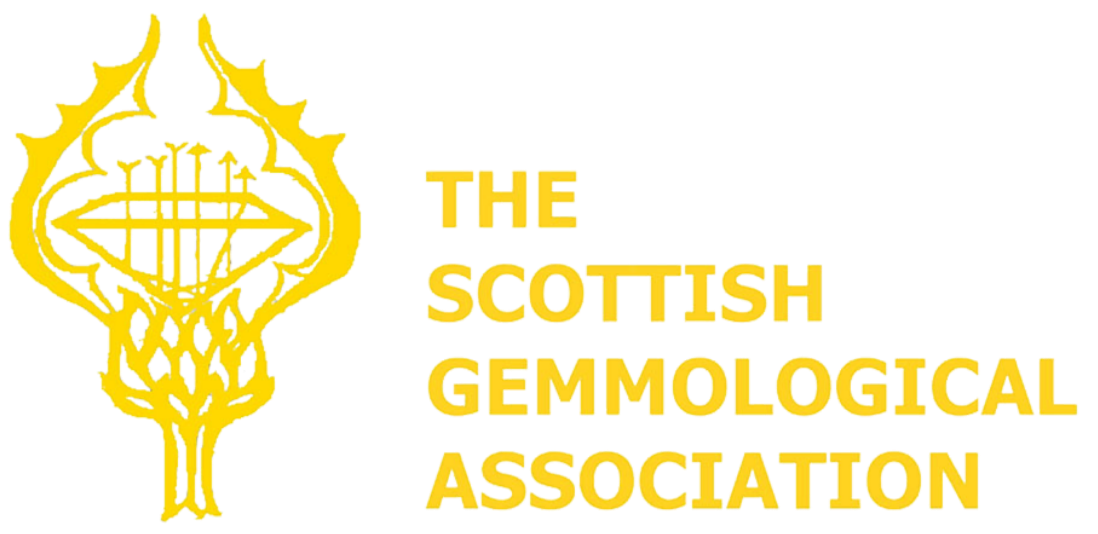WORKSHOPS and talks
Sunday
We are always very lucky with the range of Sunday afternoon presenters we have, and this year is no exception.
Our Sunday afternoon workshops and talks are always popular and places are limited for some of them, so we always recommend that you choose and book your options as soon as possible.
When you complete the Workshop Booking Form (which will come with your Invoice), please indicate at least a first and second choice. If it is not possible to fit you in to your initial choices, we will get in touch.
KERRY GREGORY - Gemstone Bingo!
Play Brilliant Bingo, real life bingo with real gemstones. We'll give you a scoop of our unscreened, unidentified recycled gemstones to play with, and you just need to find all the stones on your bingo card for a chance to win.
Yes there will be actual prizes, and yes there will be proper bingo dabbers! Can you spot a garnet topped doublet in a mass of sparklies, would you find the most valuable gem, are you able to match a perfect pair? You can do this purely by recognition, or you can go all out and do full gem testing with any standard gem testing equipment you have to hand (no zappy lab equipment allowed, just good old fashioned eyes and kit!).
This is great fun, quite competitive and incredibly educational. If you need help, or guidance Kerry Gregory and her glamourous assistant Mr Andrew Lawrence will be on hand
THOMAS HAINSCHWANG - Diamond hands-on session
In this session we will be looking at untreated natural diamonds, synthetic diamonds, diamond imitations and treated color natural and synthetic diamonds and show how one can get clues about the identity and treatment of a stone that is supposed to be an untreated diamond.
We are going to look into basic methods with instruments available to most gemmologists such as microscopy, polarizing filters and UV lamps, and show what is possible and where the limitations lie when using basic equipment only.
ROBERT WELDON - Photographing Gems, Jewels and Baubles
Take a look at the tools of a photographer’s trade, and examine how they are used.
Review some techniques of staging and positioning a gem, while evaluating lighting approaches and critical focus. And what happens post-photography? A lot. Consider the pros and cons of Photoshop and, scariest of all, Artificial Intelligence.
Beryl
JOLYON RALPH– Contributing to Mindat.org and gemdat.org
Continuing on from his main presentation, Jolyon will expand on the abilities of these web sites and show how contributors can update and expand the information available in them.
This is a hands on presentation and attendees are invited to bring along a laptop and participate, although there is still much can be gained by just observing.
MARK CULLINAN – Diamonds into the Future
Rather than looking into the past history of diamonds or just dwelling on their decorative jewellery uses, Mark will be focussing on how diamonds and diamond products are being used now and what future uses and developments are foreseen for this unique material. Maybe diamonds are forever - -
MARIANA PHOTIOU – Learn everything about Oregon Sunstone
This will be a hands-on session about this beautiful, unique, copper-bearing Feldspar, identifying characteristics, varieties, inclusions, pleochroism, history and lure.
We will look at multiple samples of rough and faceted stones, and will discuss concepts of mining and lapidary.
CLAUDIO MILISENDA –An in depth look at Paraiba Tourmaline
Tourmaline surpasses all other gemstones by its wide range of colours. The group includes a
number of complex boron-aluminium silicate minerals with structures that allow the
incorporation of almost any chemical element. The large range of chemical variation leads to
a number of different tourmaline minerals such as elbaite, by far the most common gem
tourmaline, liddicoatite, dravite and schorl.
At the end of the 1980s, unusual vivid blue and green elbaite tourmalines from the Paraíba
State in northeastern Brazil generated major interest in the gem trade due to the discovery of
new colours that had never been seen before in this gemstone species. Connoisseur of fine
jewels were fascinated and enthusiastic about these colours described as “neon” or “electric”
It was the first time that the trace element copper together with variable amounts of
manganese was reported as a colouring agent in this species of gemstone. To separate these
unique tourmalines from all other gem tourmalines they were commonly referred to as
“Paraíba tourmaline”. In just a few decades, they have developed to one of the most sought-
after gems in the world.
At the turn of the millennium, copper and manganese bearing tourmalines from the Oyo state
in Nigeria came into the market. Today most copper bearing tourmalines offered on the
market come from alluvial deposits in the east part of the Alto Ligonha pegmatite area in
northeastern Mozambique.
This presentation will focus on the geology, compositional characteristics, nomenclature,
enhancement, origin determination and imitations of Paraiba tourmaline.
And there will also be workshops from the Gem-A!
PAT DALY - Using the polariscope, dichroscope and Chelsea Colour Filter
When we study gemmology, we learn that the most important instruments are the refractometer, spectroscope and microscope. Some stones, however, do not give useful results with them, but can supply it when we use other, less highly regarded tools.
The polariscope, dichroscope, Chelsea filter and ultraviolet may serve when the big three fail us, and they also provide us with some of the entertainment and pleasure which are needed to keep us addicted to our subject.
CHARLIE BEXFIELD - The use of UV in gem testing
This will be a practical discussion with demonstrations of the fluorescence in gemstones and minerals, explaining how it can be helpful with their identification, some treatments and values.
This will be a hands workshop with lots of examples and stones to test.


